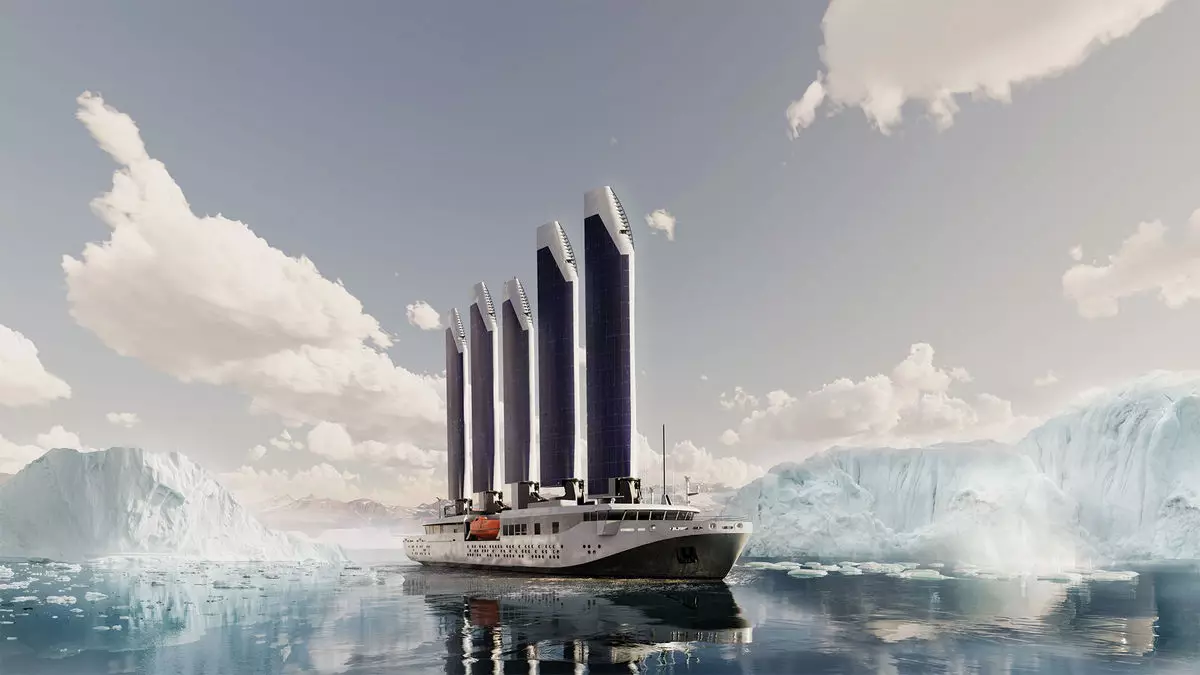As the world grapples with an evolving climate crisis, it appears that the cruise industry, particularly expedition lines, finds itself at a perplexing crossroads. Although these companies tout their commitment to sustainability, they seem hesitant to translate that commitment into passed-on costs for their customers. While initiatives to preserve fragile ecosystems are admirable, the disparity between the industry’s rhetoric and the actual consumer behavior presents a significant conundrum. The overarching sentiment among expedition cruise executives is that embracing sustainability not only aligns with ethical business practices but may also yield long-term profitability and consumer goodwill. However, this optimism is clouded by a competitive landscape unwilling to accommodate higher prices for such eco-friendly endeavors.
Consumer Behavior: The Rhetoric vs. Reality Discrepancy
It is striking how customer sentiment often does not mirror the proclaimed desires for sustainability; a common refrain from industry leaders suggests that while consumers claim they prioritize eco-friendly options, their purchasing decisions tell a different story. For instance, Ponant’s CEO, Samuel Chamberlain, articulated that although customers express a wish for sustainability, they are not genuinely prepared to pay for it. This disconnect raises questions about how serious consumers are when they discuss their commitment to the environment. Although there are signs of a shift in consumer sensibilities, evidenced by the growing interest in sustainable tourism, the reluctance to pay extra—especially for optional extras like emission-offset options commonly seen in the airline industry—reveals a sobering truth about the real motivations guiding consumer choices.
The Competitive Landscape: Price Over Planet
In an industry that has expanded rapidly to the point of oversaturation, cruise lines face intense competitive pressures that keep sustainability initiatives from being fully realized or priced in. As many companies raced to build new ships throughout the 2010s, they should have anticipated the repercussions of an oversupplied market. The post-pandemic era has only exacerbated this situation, prompting companies like Hurtigruten to acknowledge that premium price points for sustainability may lead to losing customers to rivals who prioritize lower costs. This indicates a troubling reality in which consumers may place greater weight on immediate financial considerations than on long-term ecological impacts. From seasoned expedition specialists to casual travelers, it’s evident that the conversation often shifts toward what is included in the trip package rather than the environmental practices of the company.
A Long-Term Outlook: Investing for Longevity
Despite these challenges, there is a palpable sense of resolve among leaders in the expedition cruise sector to remain committed to sustainability, albeit often framed as pragmatic business strategy rather than ethical necessity. With companies like Hurtigruten having solidified their place in the industry for over a century, there is an understanding that investing in sustainable technologies is crucial for future operational viability. The trade-off is clear; reducing emissions leads to lower fuel consumption, which ultimately becomes a cost-saving mechanism.
Moreover, enterprises that operate smaller vessels, such as Hurtigruten, can adopt sustainable practices more easily than larger cruise lines that manage thousands of passengers across continents. This nuanced understanding reveals that sustainability does not have to pose an insurmountable cost. Rather, it can present itself as a strategic move that facilitates profitable operations in the long run.
The Evolution of Sustainable Practices in Expedition Lines
As cruise lines delve deeper into sustainable technologies, the question about how relevant these practices are to the actual consumer experience looms large. Many travelers prioritize the destination—such as exhilarating journeys to Antarctica—over a company’s sustainability credentials when selecting cruise lines. However, innovative approaches are beginning to resonate with eco-consciousness. Travelers increasingly seek reassurance that their adventure does not come at the expense of environmental integrity. Today’s crusaders of sustainability, such as the up-and-coming French expedition line Selar, are keen to integrate environmental responsibility into the very essence of their travel experiences. Fleet members will emphasize wind and solar energy while meticulously avoiding fossil fuels unless weather conditions necessitate them. By slowing down and crafting individualized experiences, Selar embodies a shift in both service and morality within the industry.
The sentiment that sustainability is an obligation, rather than a sellable luxury, resonates across the new wave of expedition companies. This idea suggests that genuine engagement in sustainable practices is more than a marketing strategy; it’s a fundamental responsibility. Yet, the question remains—will consumers prioritize sustainability over experience, or will the tide of demand shift back towards a more traditional, experience-driven model? The answer lies at the heart of where the cruise industry is headed in an age where ecological mindfulness is increasingly paramount.


Leave a Reply